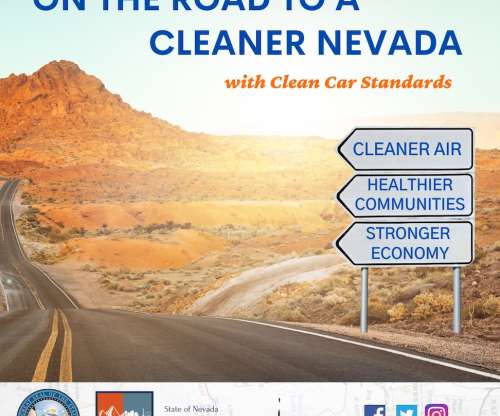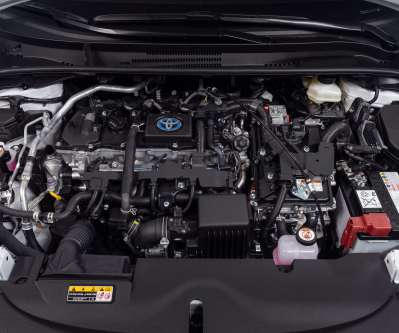ORNL study finds multi-mode RCCI can offer 15%+ fuel economy improvements across multiple light-duty driving cycles
Green Car Congress
JANUARY 5, 2015
Drive cycle fuel economy for PFI, CDC, and multi-mode RCCI operation. Their paper is published in the International Journal of Engine Research. The process involves introduction of a low reactivity fuel into the cylinder to create a well-mixed charge of low reactivity fuel, air and recirculated exhaust gases. Click to enlarge.








































Let's personalize your content